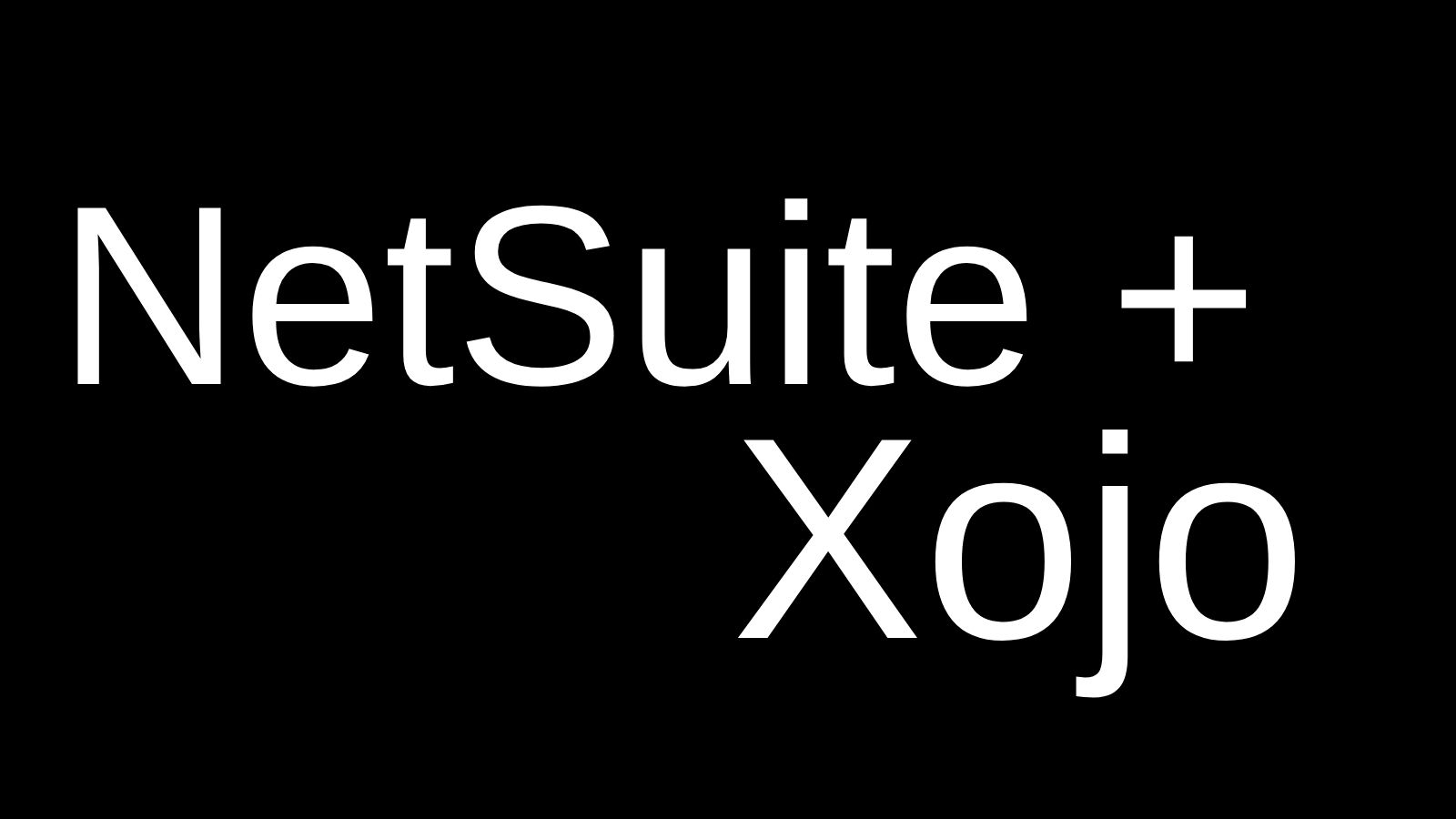Microsoft recently announced that they are discontinuing Visual Studio for Mac, which was only just introduced in 2016. So how “safe” is relying on a big company for your development tool, really? If you are an enterprise company with a large investment in software and IT, you might want to take a look outside the big names and see what Xojo can offer. Xojo makes it quicker and easier to try out software ideas before you commit expensive development resources to your primary tools. And we’ve been dong it since 1998, with a focus on native, cross-platform development.
Comments closedCategory: Technology
In Xojo 2022r4, we have updated our SQLite library to SQLite v3.39.4. I thought I’d highlight a few notable upgrades including: STRICT tables
PRAGMA table_list
RIGHT and FULL OUTER JOIN
Built-in JSON support
Does anyone else feel like 2022 is the first year in many years where we have gotten back together, in-person, for big events, small get-togethers, travel and even the daily office grind? Whether that is the right thing to have done or not, it seems that is what many of us did in 2022. Though we all tried new things to stay connected over the past few years (Zoom-fatigue anyone?), there’s nothing like seeing an old friend after years apart.
Comments closedWe’re happy to add Sydney, Australia to the worldwide locations of Xojo Cloud servers. That makes nine cities that you can host your Xojo Cloud web apps in. Offering worldwide coverage for Xojo Cloud makes it easier to get your Xojo web applications close to the users that are using them, improving the speed and overall experience for your users.
Comments closedTim has found that many NetSuite users want to create custom applications that interact with their data in NetSuite and Xojo is truly ideal for this. Some NetSuite users contract this work out to developers like Tim while others are interested in creating apps themselves. During the webinar, Tim and I demonstrated Xojo to NetSuite users while also demonstrating NetSuite to Xojo users who may be interested in incorporating it into their organizations or providing development services to NetSuite users.
Comments closedOne of the PDFDocument features added in Xojo 2022r2 is the ability to encrypt PDF files created with Xojo. Continue reading and I will show you how.
Comments closedI’ve learned over the years not to have any specific expectations from Apple’s WWDC keynote. Some years they introduce something big and new that we were pretty much expecting. Other years they blindside us. As the CEO of a company that creates tools for building apps for most of Apple’s ecosystem and given Apple’s history of secrecy, I’m understandably curious just how blindsided I might be each June. Fortunately, this year’s keynote was filled with features that ranged from mildly interesting to really awesome but all incremental improvements across Apple’s software line.
Comments closedBeginning with Xojo 2022r1 you can use Xojo’s newPDFSignatureForm Control in your PDFDocuments. Using this allows your users to be able to sign documents using a Digital Certificate. Read on to learn how…
You may or may not be aware that running iOS projects in the Simulator does not allow you to check all of your app’s features. There are a few features which rely on hardware capabilities which the Simulator cannot emulate. This can make it hard to track down bugs, and the only recourse is console logging. Starting in Xojo 2022r1 it’s possible to run your apps right on a physical device connected by USB.
Comments closedXojo has an extensive testing period where actual users test a pre-release version with their projects but if you are wondering what kind of testing we do internally before each pre-release of Xojo, we have quite a bit of automated testing processes. There are over 400 tests just for the compiler alone. Already, we are approaching 300 tests for our Android framework. In total, across all supported platforms, there are over 2500 automated tests.
Comments closed



